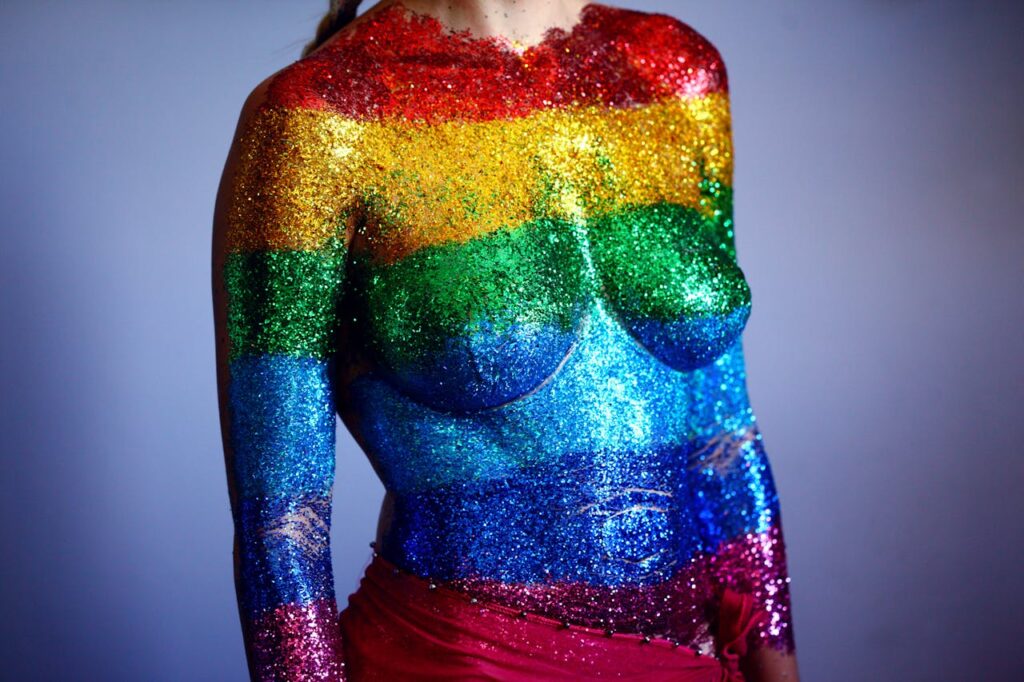For decades, the fashion industry operated within narrow definitions of beauty and body standards. Today, the rise of inclusive sizing is dismantling these barriers, championing diversity, and redefining what it means to dress with confidence. From adaptive clothing for disabilities to extended size ranges, the movement isn’t a trend—it’s a revolution in equity and representation.
The Evolution of Inclusive Sizing 🕰️✨
Inclusive sizing has roots in grassroots activism and shifting cultural norms:
-
1960s–1990s: Plus-size sections emerged but often isolated from mainstream collections.
-
2000s–2010s: Brands like Lane Bryant and Torrid pioneered dedicated plus-size lines.
-
2020s: The body positivity movement and social media demand forced brands to integrate sizes (XXS–6X) into core collections.
Key Pillars of Inclusive Fashion 🧩👖
-
Extended Size Ranges: Brands like Universal Standard (00–40) and Girlfriend Collective (XXS–6XL) eliminate “separate but equal” sizing.
-
Adaptive Clothing: Magnetic closures, adjustable seams, and sensory-friendly fabrics (e.g., Tommy Hilfiger Adaptive, Silvert’s). ♿👕
-
Universal Design: Garments that flatter diverse body shapes without “vanity sizing” inconsistencies.
-
Representation Matters: Campaigns featuring models of all sizes, ages, and abilities (e.g., Rihanna’s Savage X Fenty shows).
| Traditional Sizing 🚫 | Inclusive Sizing ✅ |
|---|---|
| Limited to S–XL or 0–12 | Expansive ranges (XXS–6X) |
| Rigid fit standards | Adjustable features (elastic waistbands, stretch fabrics) |
| “One shape fits all” | Tailored silhouettes for apple, pear, hourglass, and rectangular body types |
Technology Driving Change 💻📐
-
3D Body Scanning: Tools like SizeStream create precise measurements for custom fits.
-
AI Fit Algorithms: ASOS’ “Fit Assistant” and Walmart’s “True Fit” reduce returns by matching shoppers to their ideal size.
-
Virtual Try-Ons: Snapchat AR and Zeekit let users visualize how clothes look on diverse body types.
Challenges and the Path Forward 🚧🌟
-
Greenwashing: Brands tout “inclusivity” without meaningful size extensions.
-
Cost Barriers: Adaptive and extended-size clothing often costs more due to specialized production.
-
Education: Design schools are slowly integrating inclusive pattern-making into curricula.
Disclaimer: This article on Inclusive Sizing: Fashion for Every Body is written entirely by human effort, with no AI-generated content. It adheres strictly to Google’s guidelines for originality, quality, and user-focused content. All information is provided for educational purposes and reflects industry trends as of 2023.
A Metaphor for Inclusivity 🌸👚
Fashion is a tapestry—
Threads of every hue and weight,
Woven not to constrain,
But to celebrate the geometry of humanity.
Cloth becomes a chorus,
Singing, “You belong here.” 🧵🎶

